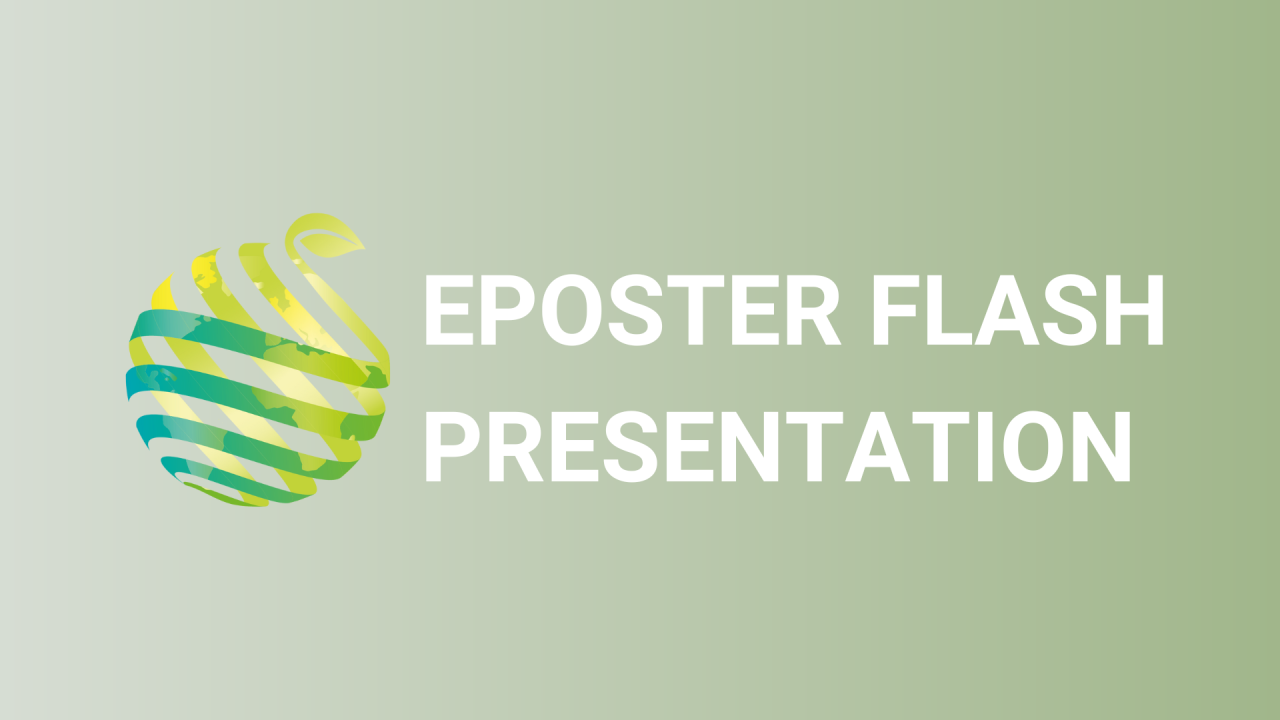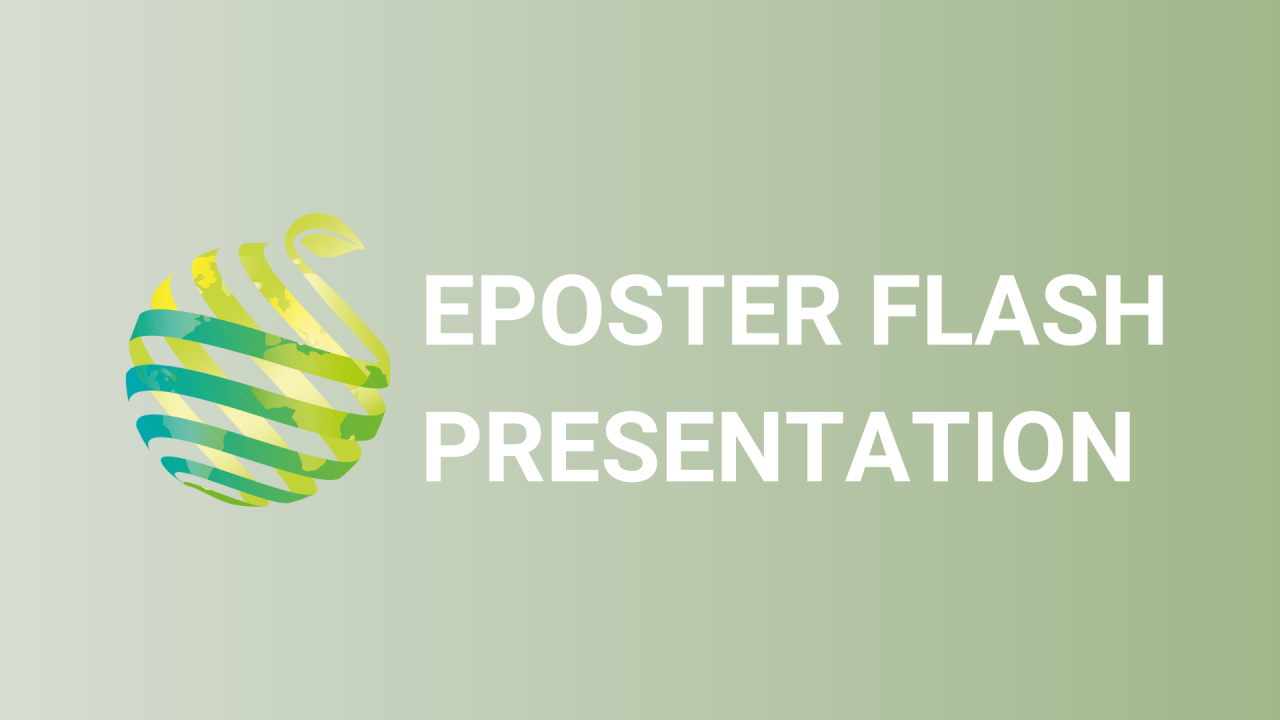

S01 - Session P9 - I - QTL analysis of antioxidant activity, total polyphenol content and red pigment content in red paprika (Capsicum annuum L.)
Information
Authors: Doie Park *, Jundae Lee
Paprika, the colored, sweet, bell-shaped pepper ( Capsicum annuum L.), is one of the mainly exported fresh agricultural products in Korea. The color and functionality characteristics of paprika are important factors that determine preferences. Free radicals can cause various diseases such as cancer, Alzheimer's, and cardiovascular disease by oxidizing surrounding cells. Antioxidants reduce the occurrence of various diseases by donating electrons to these free radicals. Paprika has a high antioxidant activity because it contains a large amount of antioxidants such as carotenoids and polyphenols. In this study, two antioxidant activity analyses, ferric reducing antioxidant power (FRAP) assay and 2,2'-azino-bis-(3-ethylbenzothiazoline-6-sulfonic acid) (ABTS) assay, American spice trade association (ASTA) assay, and total phenolic content (TPC) assay were performed on 94 individuals of the 'Hera Red' F 2 segregating population and parental lines over two periods, July and August. Also, a genetic linkage map was constructed through GBS analysis, and QTL analysis were performed on the characteristics related to antioxidant activity asssessed in July and August, as well as their mean. As a result, a total of 8 QTLs were detected in 4 traits related to antioxidant activity. Two QTLs, qABT-Aug3.1 and qABT-Aug3.2 , associated with antioxidant activity (ABTS) were detected on chromosome 3. Both of these QTLs were detected in August. The peak positions of two QTLs, qABT-Aug3.1 and qABT-Aug3.2 , were at 32.6cM and 130.4cM, with R 2 of 18.6% and 21.1%, respectively. For antioxidant activity (FRAP), one QTL, qFRA-Avr12.1, was detected on chromosome 12 for the mean of the two periods, with its peak position at 141.1cM and R 2 of 14.4%. Another QTL, qTPC-Avr9.1 , was detected on chromosome 9 at 9.5cM with an R 2 value of 22.2% for the mean of TPC over the two months. In the case of ASTA, 4 QTLs were identified on three chromosomes ( 5, 7, 9). qAST-Jul9.1 was identified in July as well as qAST-Avr9.1 for the mean of the 2 assessments, while qAST-Aug5.1 and qAST-Aug7.1 were identified in August. Between the July and average of two periods, two common QTLs, qAST-Jul9.1 and qAST-Avr9.1 , on chromosome 9 were identified. The peak positions of these QTLs were at 22.8cM, and R 2 was 22.1% and 18.6%, respectively. The two QTLs, qAST-Aug5.1 and qAST-Aug7.1 , detected in August were located on two chromosomes (chromosome 5 and 7). The peak position of qAST-Aug5.1 on chromosome 5 was identified at 46.9cM with an R 2 value of 21.5%. The peak position of qAST-Aug7.1 confirmed on chromosome 7 was 67.8cM, and R 2 was 14.6%. This QTL information can be used in breeding programs to improve the antioxidant, phenolic compound content, and red pigment content of paprika.